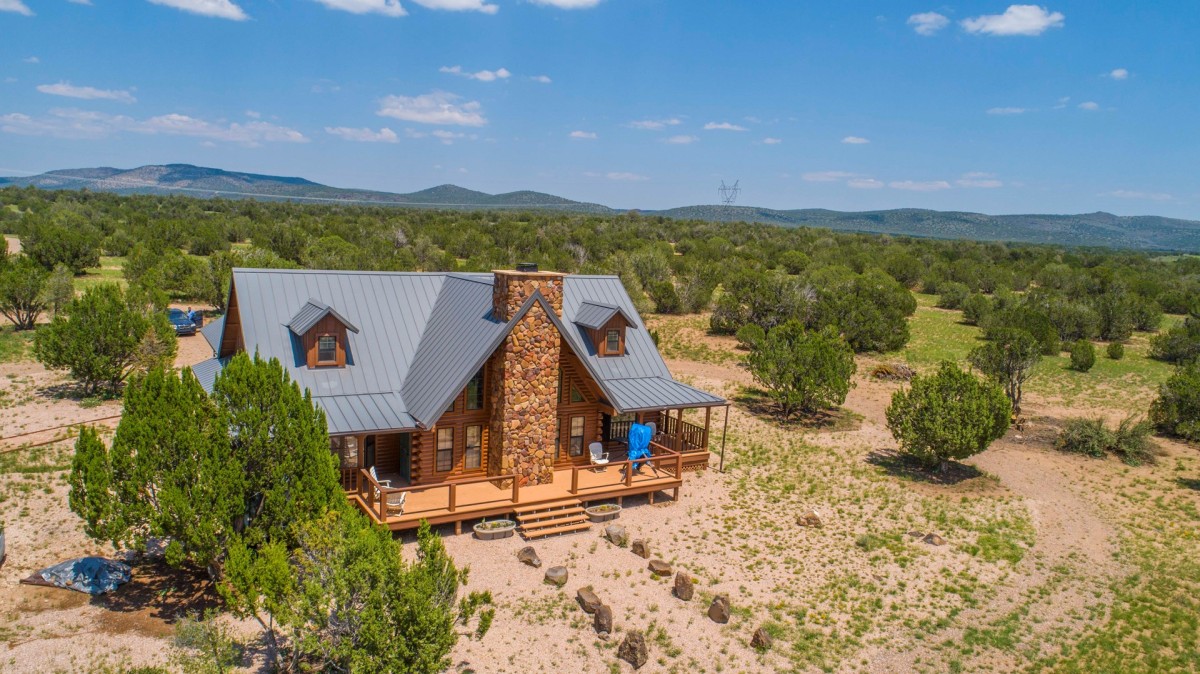Off grid living for sale is booming, offering a unique escape from urban life. This burgeoning market caters to those seeking self-sufficiency, a connection with nature, and a simpler lifestyle. From rustic cabins nestled in remote forests to expansive undeveloped land ripe for building your dream homestead, the options are diverse and cater to a range of budgets and desires.
This comprehensive guide explores the realities of purchasing and maintaining an off-grid property, covering everything from legal considerations and financial planning to sustainable living practices and technological solutions.
The appeal of off-grid living extends beyond mere escapism; it’s a commitment to sustainability, resilience, and a deeper connection with the environment. However, it’s crucial to understand the challenges involved, including navigating complex regulations, managing significant upfront costs, and adapting to a lifestyle that requires resourcefulness and self-reliance. This guide aims to equip prospective buyers with the knowledge and insights necessary to make informed decisions and embark on this exciting yet demanding journey.
Property Types and Features: Off Grid Living For Sale
The off-grid real estate market offers a diverse range of properties catering to various lifestyles and budgets. From rustic cabins nestled in the woods to expansive undeveloped land ripe for self-sufficient living, the options are plentiful. Understanding the different property types and their features is crucial for prospective buyers.
Off-Grid Property Types and Their Characteristics
The following table summarizes the key characteristics of common off-grid property types currently available on the market. Price ranges are approximate and can vary significantly based on location, size, and amenities.
| Property Type | Key Features | Average Price Range | Location Examples |
|---|---|---|---|
| Cabin | Small, rustic dwelling; often pre-existing; may include basic amenities. | $50,000 – $300,000 | Appalachian Mountains, Northern Wisconsin, Pacific Northwest |
| Yurt | Portable, circular tent-like structure; typically requires additional structures for amenities. | $10,000 – $50,000 (excluding land) | Montana, Colorado, New Mexico |
| Land with Existing Structures | Varies greatly depending on existing structures; may include homes, barns, or outbuildings. | $50,000 – $1,000,000+ | Rural areas across the US and Canada |
| Undeveloped Land | Requires significant investment in infrastructure; offers maximum customization. | $10,000 – $1,000,000+ | Remote areas of the West, Alaska, parts of the Southern US |
Common Off-Grid Amenities
Buyers should carefully assess the availability and condition of essential amenities. These include reliable sources of water, efficient power generation, effective waste disposal systems, and suitable heating and cooling solutions.Water sources commonly include wells, springs, or rainwater harvesting systems. Power is often generated through solar panels, wind turbines, or generators, sometimes in combination. Waste disposal typically involves septic systems or composting toilets.
Heating and cooling solutions may involve wood stoves, solar thermal systems, or efficient insulation.
Building Materials for Off-Grid Construction, Off grid living for sale
The choice of building materials significantly impacts the durability, sustainability, and cost of an off-grid dwelling. Each material presents advantages and disadvantages.For example, timber framing offers excellent insulation and aesthetic appeal but can be susceptible to insect damage and fire. Rammed earth construction is highly energy-efficient and uses locally sourced materials but requires specialized knowledge and can be labor-intensive.
Recycled shipping containers offer a cost-effective and sustainable option, but require significant modification for comfortable living. Stone is durable and long-lasting but can be expensive and challenging to work with. The best choice depends on the specific needs, budget, and environmental context of the project.
Embarking on the journey of off-grid living is a significant decision, requiring careful planning, financial preparedness, and a realistic understanding of the lifestyle changes involved. While the allure of self-sufficiency and connection with nature is undeniable, potential buyers must carefully weigh the pros and cons, considering legal requirements, financial implications, and the demands of maintaining a sustainable and comfortable existence far from traditional utilities.
This guide serves as a starting point, empowering individuals to navigate the complexities of off-grid property ownership and make informed choices aligned with their aspirations and capabilities.
Explore the different advantages of off grid living south dakota that can change the way you view this issue.


